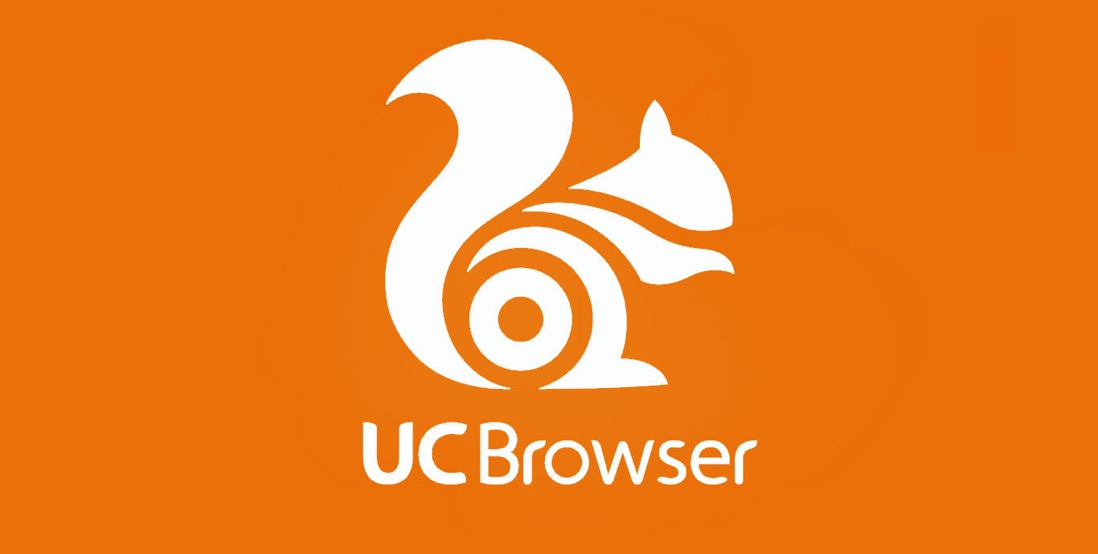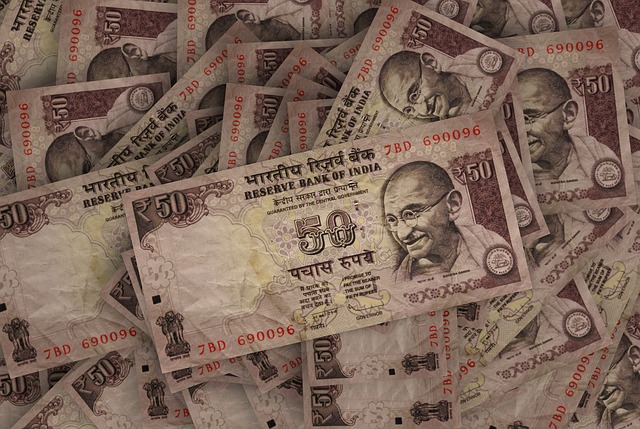
In an age of information overload, email newsletters remain an excellent way to keep abreast of topics you’re interested in without having to try to monitor the daily output of traditional media outlets, tweets from every corner of the world, various cable news shows, streaming content, Facebook posts, blogs and more.
After all, email simply comes to you, and you can benefit from experts’ curation of the most important, timely, informative, entertaining material.
Here are some of my faves:
General news and politics
- Axios AM, by beltway insider Mike Allen. Ten things you need to know for the day. (It’s delivered in the mornings, U.S. time, so arrives in the early evening here, but is still great.)
-
Today’s Paper, from The Wall Street Journal. All the day’s most important stories, arranged by section. Yes, just like an actual newspaper!
-
Sunday New New York Times Digest, by Matt Thomas. A weekly rundown of highlights from the famously large edition.
-
The New Yorker Minute. A weekly scan of must-reads and okay-to-skips from the print magazine. Tagline: “Your secret weapon against the Three-Foot-Tall Stack Of Unread New Yorkers Sitting In Your Apartment.”
Media:
-
Reliable Sources. The day’s top media news, by CNN’s Brian Stelter. Especially helpful in these fraught times, when it can be hard to stay on top of things.
-
Morning Media. Politico’s daily “guide to the media circus.” A bit more inside baseball, with industry news like comings and goings of journalists from one outlet to another.
Tech
-
Briefing, from The Information. A daily, subscriber-only dispatch with commentary from the site’s journalists on the biggest tech news, as it happens. Highly informative.
-
Exponential View, by Azeem Azhar. A weekly, in-depth review of recent tech news, with an emphasis on artificial intelligence.
-
Asia Tech Review, by Tech Crunch’s Bangkok-based Jon Russell. A weekly round-up of what’s happening in this part of the world, broken down by country and region. If it’s big tech news in the region, you can trust Jon will be on it.
-
Login, another from Axios. This one’s penned by Ina Fried. The top tech news, every day, with a healthy sense of humor.
-
Recode Daily. Stories from the well-known tech site and other sources.
-
Mine! To get Newley’s Notes – my recent writings and five interesting tech-related stories every week – just click here and enter your address in the box.
Others
-
Longform. The week’s best deep dives.
-
Noticing. A newsletter just launched by Jason Kottke, whose blog I’ve been reading for more than 15 years. I’m confident it’s gonna be great.
Related post from 2013: Some of My Favorite Email Newsletters.









